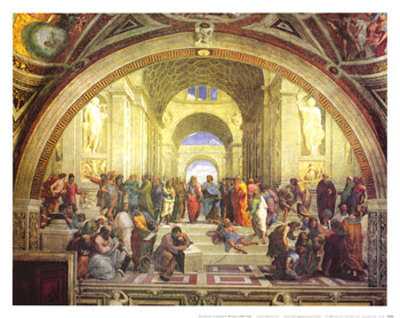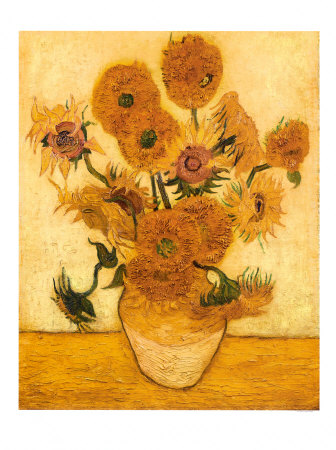
Appraising Art: An Art in Itself
Appraising Art: An Art in Itself
The appraisal of artwork can be effected for several reasons, but the two most common ones are: the owner wishes to sell it or the owner wishes to insure it. In brief, the art market can be broken down into two segments, retail and secondary.  The retail segment consists of pieces sold by art galleries, art dealers and other art professionals. The secondary segment consists of all art pieces sold through other avenues such as auctions, estate sales, flea markets, garage sales, and art wholesalers. Appraising art requires expertise. In order to properly assess an art piece, you should involve a professional or someone in the art industry.
The retail segment consists of pieces sold by art galleries, art dealers and other art professionals. The secondary segment consists of all art pieces sold through other avenues such as auctions, estate sales, flea markets, garage sales, and art wholesalers. Appraising art requires expertise. In order to properly assess an art piece, you should involve a professional or someone in the art industry.
For What It’s Worth
If you plan to sell your artwork, it is recommended that you hire an appraiser and inform them at the onset of your interest in selling. They, in turn, will research the wholesale market value and give you an accurate price. Much depends on how much the painting or piece has sold for in the past, and not on what you may think you can get for it. When it comes to appraising art, the best scenario occurs when the appraiser is neutral and has no specific interest in your artwork; thus, there is no conflict of interest. A typical appraisal should include the following:
- Size of the art work
- Condition of the work
- Year of creation
- Medium used
- Description of the work
- Provenance (lineage of ownership)
- Markings found on the work, i.e. date, signature
- Movement wherein the work was created
- Brief biography of the artist
- Signature and seal of the appraiser
Doing your Homework
There are several techniques that an art appraiser will use to assess a particular piece of art. First and foremost, the appraiser will determine if the piece is an original or a print. Prints will always be lower in value, and the more numerous they are on the market, the more it will decrease the value of each print. The age of the painting will affect its worth. The date is usually found on the back of the piece or next to the artist’s signature. The condition of the painting is equally important  when appraising art. If there are sloppy touch-ups, tiny cracks, and/or small tears, it can significantly decrease the work’s value. There is also the provenance of the work to consider. The appraiser must find out who previously owned the piece, including from where it originated. The answers to these queries can greatly increase the piece’s worth.
when appraising art. If there are sloppy touch-ups, tiny cracks, and/or small tears, it can significantly decrease the work’s value. There is also the provenance of the work to consider. The appraiser must find out who previously owned the piece, including from where it originated. The answers to these queries can greatly increase the piece’s worth.
Recognizing the Value
If you are looking to purchase or sell some artwork and do not want to hire an appraiser, there are certain techniques to appraising art that can aid you in making a good buy or a hard sell. Research is the key. First, take a look at the artists. Are they well-known and have their pieces increased or decreased in value? Keeping your finger on the pulse of the art world is a great idea if you want to capitalize on trendy pieces. However, art collectors are most often looking for art pieces that reflect a certain time period or a particular style. Visiting art shows and researching new artists can give you a hint on which artists are getting the “buzz” and whose work is likely to climb in value. Recognizing value in art is a personal matter. Appraising art should not be based solely on strict facts and guidelines, but should also include instincts. Buyers must know what is out there, what they like and, above all, they must learn to trust their personal taste.
Donovan Gauvreau
Art Historian, Donovan Gauvreau lectures about art therapy with a focus on creativity development. He believes we can learn from the great masters in art to communicate ideas and feelings through painting. He provides content for www.AaronArtPrints.org to educate and inspire people to take a glimpse into an artist's life to better understand the meaning behind their work.












